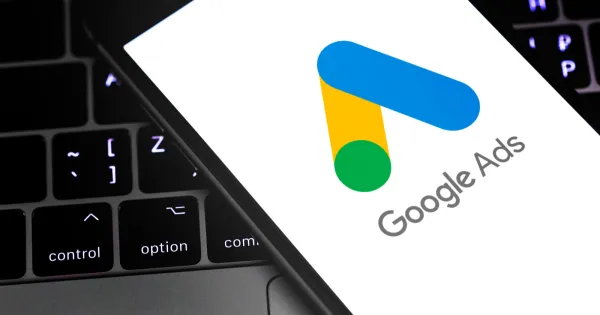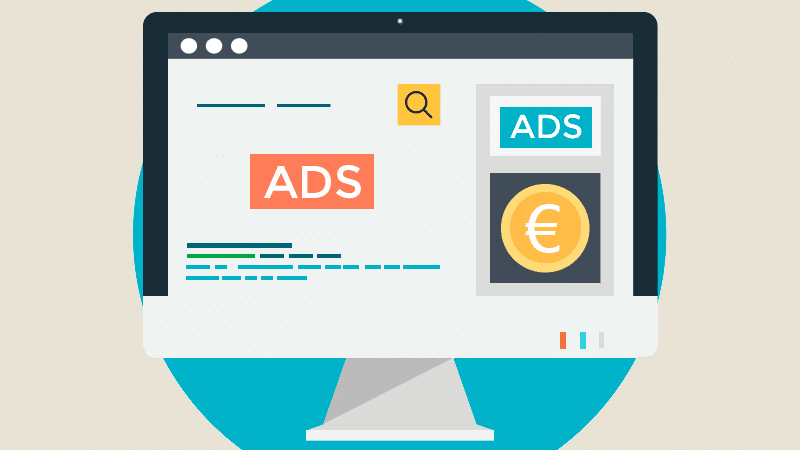The Origins of AI: Where Artificial Intelligence Came From

Introduction
Artificial Intelligence (AI) has become a major force in today's world, shaping industries, automating tasks, and improving efficiency. But where did AI come from? While AI as we know it emerged in the 20th century, its roots can be traced back to ancient myths, philosophical inquiries, and early computing concepts.
From the first discussions of mechanical reasoning to the development of intelligent machines, AI's history is filled with breakthroughs, setbacks, and major technological advances. This article explores the origins of AI, the key figures behind its development, and how it has evolved into the revolutionary technology we rely on today.
Ancient Ideas of Artificial Intelligence
Though AI is a modern technology, the concept of intelligent machines dates back thousands of years.
- Ancient Myths and Legends – Many ancient civilizations imagined artificial beings with human-like intelligence. Greek mythology spoke of Talos, a bronze automaton created by Hephaestus, while Chinese folklore described humanoid robots built by engineers.
- Early Philosophical Thought – Philosophers like Aristotle and René Descartes explored ideas about logic, reasoning, and the mind, which later influenced AI development. Aristotle’s syllogisms (a form of logical reasoning) became a foundation for early AI algorithms.
- Automata and Mechanical Inventions – Throughout history, inventors created self-operating machines, like Leonardo da Vinci’s robotic knight (1495) and the 18th-century mechanical Turk, which simulated chess-playing abilities.
The Birth of Modern AI: The 20th Century
AI as a scientific field began in the 20th century, driven by advancements in computing and mathematics.
- Theoretical Foundations (1930s–1940s) – Mathematicians like Alan Turing explored the idea that machines could simulate human intelligence. His work on the Turing Machine laid the foundation for AI, and in 1950, he proposed the Turing Test to measure machine intelligence.
- The Dartmouth Conference (1956) – This historic event, led by John McCarthy, Marvin Minsky, and Claude Shannon, marked the birth of AI as an official research field. The term artificial intelligence was coined here, setting the stage for future research.
- Early AI Programs (1950s–1960s) – The first AI programs, such as the Logic Theorist and ELIZA (the first chatbot), demonstrated that computers could mimic human problem-solving and conversation.
The Rise and Fall of AI: 1960s–1980s
AI research gained momentum but faced setbacks due to technological limitations.
- Early AI Successes – AI made progress in game playing, language processing, and robotics. Shakey the Robot (1966) was one of the first AI-powered robots.
- The First AI Winter (1970s) – As AI systems struggled with real-world complexity, funding declined, leading to a slowdown in research.
- Expert Systems and Neural Networks (1980s) – AI saw a revival with expert systems (rule-based AI) and the rediscovery of artificial neural networks, which paved the way for machine learning.
AI’s Breakthroughs: 1990s–2000s
As computing power increased, AI began to show real-world applications.
- Deep Blue vs. Kasparov (1997) – IBM’s Deep Blue defeated world chess champion Garry Kasparov, proving AI’s ability to outperform humans in specific tasks.
- AI in Search Engines and Voice Recognition – AI-powered search engines, virtual assistants, and recommendation systems emerged.
- The Rise of Machine Learning – Instead of rule-based programming, researchers focused on data-driven AI, leading to advancements in speech and image recognition.
The AI Revolution: 2010s to Present
AI has transformed industries with deep learning, automation, and robotics.
- The Era of Deep Learning – Breakthroughs in neural networks and big data enabled AI to power self-driving cars, virtual assistants, and medical diagnostics.
- AI in Everyday Life – Siri, Alexa, Google Assistant, and AI-powered chatbots became widely used. AI also revolutionized finance, healthcare, cybersecurity, and content creation.
- Generative AI and Chatbots – Technologies like ChatGPT and AI-generated art showcased AI’s ability to create human-like text, images, and videos.
Conclusion
The origins of AI span from ancient myths to modern supercomputers. What started as a philosophical question about machine intelligence has turned into a powerful reality that drives technological progress. As AI continues to evolve, its potential seems limitless, shaping the future of business, science, and daily life.
While AI has come a long way, the journey is far from over. With continuous advancements, AI will only become smarter, more efficient, and deeply integrated into our world.




